Covering Ground
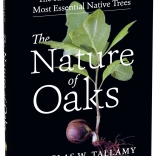 5 Good Books for Nature's Sturdy Bookshelf
5 Good Books for Nature's Sturdy Bookshelf
Some of us are snowbirds in winter, but I am more of a book bird. To the extent that winter forces me indoors, I fly across the room to my bookshelf. Here’s a sample of recent books on ecology, land care, trees, and plants that I’ve found useful, informative, and entertaining.
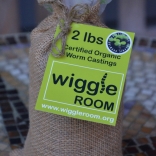 For Grown-ups Who Love to Play in the Dirt
For Grown-ups Who Love to Play in the Dirt
Holiday, 2021: The useful, earth-kind products described below are all have a special gleam of their own, having been invented, made, or packaged in Connecticut, notably free from gnarly supply chain woes. The products include the following:
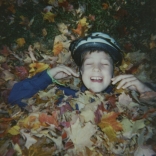 Death, Taxes, Autumn Leaves
Death, Taxes, Autumn Leaves
Benjamin Franklin once wrote that nothing is inevitable but death and taxes. As a lifelong Northeasterner, I’d add fallen leaves to his list. Unfortunately, many people look forward to fallen leaves about as much as they do death and taxes.
Is there another way to look at leaves? Here are some ideas::
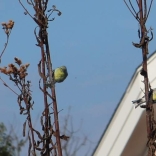 Beyond the Birdfeeder
Beyond the Birdfeeder
From your kitchen window, the fall and winter landscape may look like a messy yard. But for robins, chickadees, finches, cardinals, juncos, and nuthatches, your yard may look like survival.
Though we humans may enjoy birds’ frenetic, colorful activity surrounding winter feeders, bird feeders don’t take the place of native trees, shrubs, dead-head flowers, sticks, or logs.
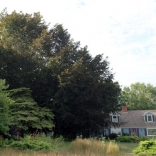 A Tree Disease Gets Personal
A Tree Disease Gets Personal
A great European copper beech graces our front yard. Its crown is 80 feet wide and the trunk 10 feet around. We think the tree was planted around 1800 by occupants of a nearby historical home. If so, it has lived through all the natural events of the 19th- and 20th centuries, including the infamous Hurricane of 1938.
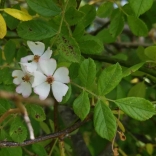 A Weed by Any Other Name
A Weed by Any Other Name
"What's in a name?" A fictional young woman named Juliet once asked that question. "A rose by any other name would smell as sweet," she says.
But what if the rose is a non-native invasive plant?
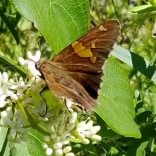 National Wildlife Federation's Garden for Wildlife Program
National Wildlife Federation's Garden for Wildlife Program
Many experts suggest that one way to help birds, pollinators, and other wildlife is to use regionally native plants. That is not always easy to do in 2021.
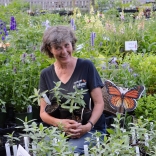 Living Mulch Helps Fight the Weed Wars
Living Mulch Helps Fight the Weed Wars
Nancy DuBrule-Clemente has encountered a few unwanted plants—aka weeds—during her 50-year career in the state’s landscape. Graduating from UConn in the 1970s, DuBrule-Clemente went to work in the landscape profession and stayed.
 Native Plants Underfoot, in the Spring Lawn
Native Plants Underfoot, in the Spring Lawn
We all know that dandelions, clover, and buttercups grow in lawns. Unfortunately, none of them are native. It’s important to understand that lawns nurture native plants, too. They are “hidden in plain sight.” The upshot: We don’t have to visit a garden center to find native plants. We can protect what we have.
Why protect and promote native plants?
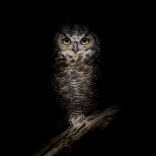 One Simple Thing: Turn Down the Lights
One Simple Thing: Turn Down the Lights
When it comes to helping pollinators and wildlife, you don’t have to buy plants or dig a garden. Anyone can help when they adopt some of the ideas put forward by the International Dark-Sky Association (IDA). Better yet, we can all petition our cities and towns to do the same.
